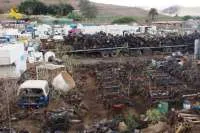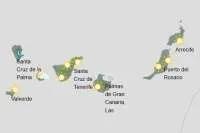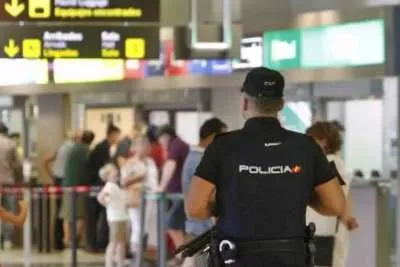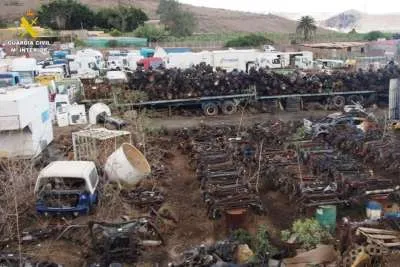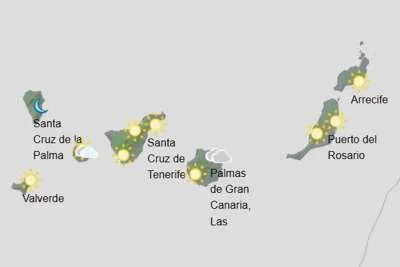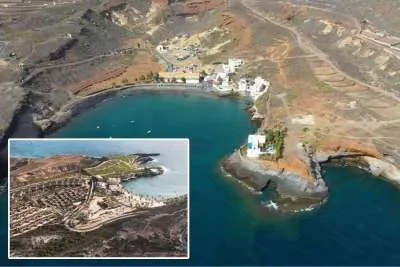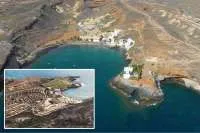The 3 most deadly roads in the Canary Islands
- 27-04-2025
- National
- Canarian Weekly
- Photo Credit: CW
The number of fatalities on Canary Islands roads has sharply increased in 2025, with 19 people losing their lives already so far this year — double the figure recorded during the same period in 2024.
Of the 19 victims, 8 were pedestrians, 6 were motorcyclists, and 4 were travelling in cars, highlighting the wide range of road users affected and the seriousness of the situation. If this trend continues, 2025 could surpass the 39 road deaths recorded across the archipelago in 2024.
Several factors contribute to the high accident rate, but authorities, including the Directorate General for Traffic (DGT), point to certain roads in the Canary Islands that have consistently recorded a high number of serious incidents.
Leading the list of the most dangerous roads is the GC-200 in Gran Canaria. Despite its breathtaking scenery, the route — which links La Aldea de San Nicolás with Agaete — is notorious for its extreme risk.
With sharp bends, towering cliffs of up to 900 metres, and frequent rockfalls, the GC-200 has been the site of numerous fatal accidents over the years. Although a safer alternative was opened in 2017, the original stretch remains perilous.
Next is the TF-66 in Tenerife, particularly the section between kilometres 1 and 9 near Guaza. This stretch has been identified as the third most dangerous in Spain for overtaking. Between 2013 and 2022, six accidents with casualties occurred here, resulting in three deaths and several serious injuries.
The TF-5, Tenerife’s main northern motorway, also ranks among the most hazardous. In 2023 alone, it recorded 425 accidents, making it one of the island’s busiest and most incident-prone roads. Heavy traffic, congestion, and frequent collisions have long made it a focal point of concern for both residents and authorities.
The sharp rise in road deaths this year has reignited calls for renewed safety measures and infrastructure improvements across the islands, as officials work to prevent further tragedies.






